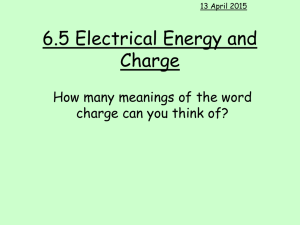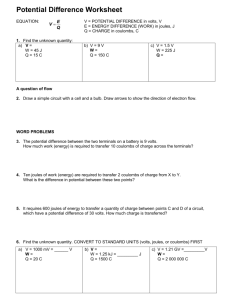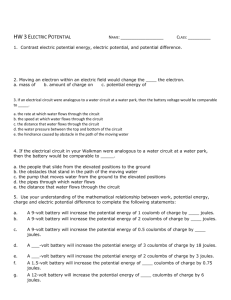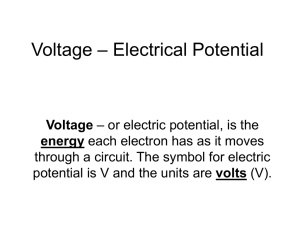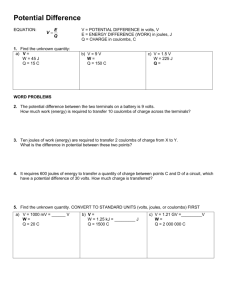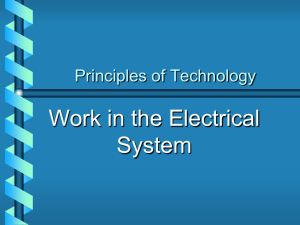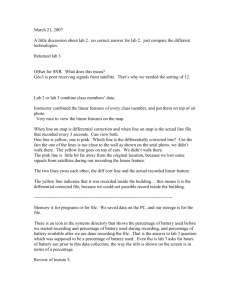Coulomb & electric potential assignment - Varga
advertisement
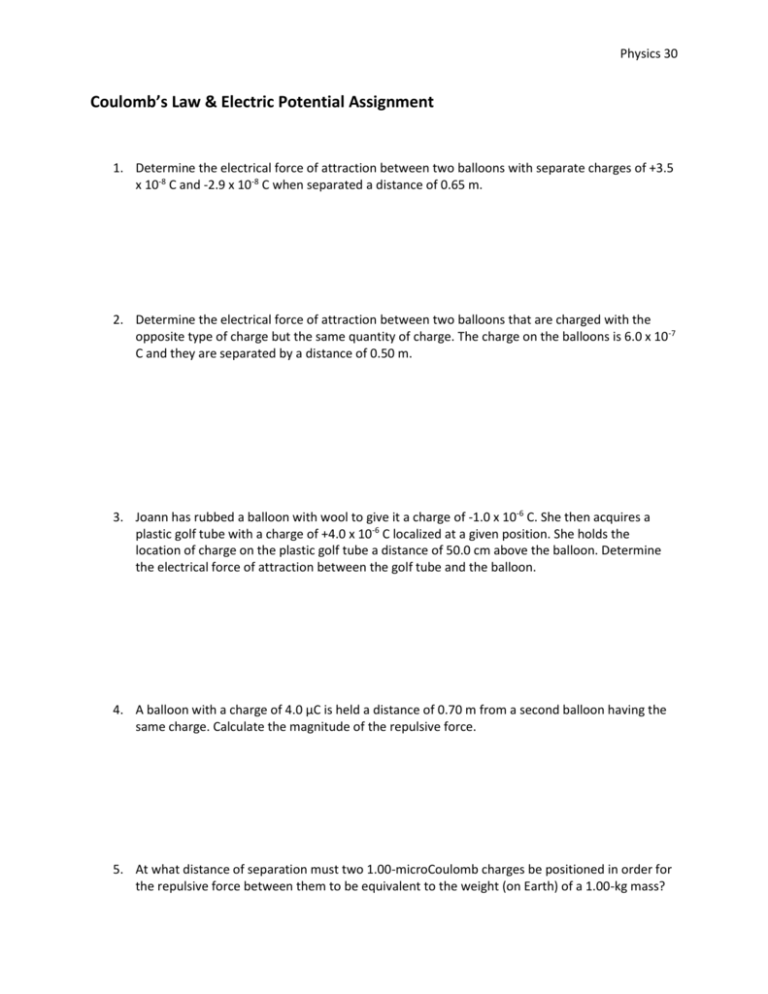
Physics 30 Coulomb’s Law & Electric Potential Assignment 1. Determine the electrical force of attraction between two balloons with separate charges of +3.5 x 10-8 C and -2.9 x 10-8 C when separated a distance of 0.65 m. 2. Determine the electrical force of attraction between two balloons that are charged with the opposite type of charge but the same quantity of charge. The charge on the balloons is 6.0 x 10-7 C and they are separated by a distance of 0.50 m. 3. Joann has rubbed a balloon with wool to give it a charge of -1.0 x 10-6 C. She then acquires a plastic golf tube with a charge of +4.0 x 10-6 C localized at a given position. She holds the location of charge on the plastic golf tube a distance of 50.0 cm above the balloon. Determine the electrical force of attraction between the golf tube and the balloon. 4. A balloon with a charge of 4.0 µC is held a distance of 0.70 m from a second balloon having the same charge. Calculate the magnitude of the repulsive force. 5. At what distance of separation must two 1.00-microCoulomb charges be positioned in order for the repulsive force between them to be equivalent to the weight (on Earth) of a 1.00-kg mass? Physics 30 6. Use your understanding of the mathematical relationship between work, potential energy, charge and electric potential difference to complete the following statements: a. A 9-volt battery will increase the potential energy of 1 coulomb of charge by ____ joules. b. A 9-volt battery will increase the potential energy of 2 coulombs of charge by ____ joules. c. A 9-volt battery will increase the potential energy of 0.5 coulombs of charge by ____ joules. d. A ___-volt battery will increase the potential energy of 3 coulombs of charge by 18 joules. e. A ___-volt battery will increase the potential energy of 2 coulombs of charge by 3 joules. f. A 1.5-volt battery will increase the potential energy of ____ coulombs of charge by 0.75 joules. g. A 12-volt battery will increase the potential energy of ____ coulombs of charge by 6 joules. 7. Which of the following is true about the electrical circuit in your flashlight? a. Charge moves around the circuit very fast - nearly as fast as the speed of light. b. The battery supplies the charge (electrons) that moves through the wires. c. The battery supplies the charge (protons) that moves through the wires. d. The charge becomes used up as it passes through the light bulb. e. The battery supplies energy that raises charge from low to high voltage. f. ... nonsense! None of these are true. 8. Moving an electron within an electric field would change the ____ the electron. a. mass of b. amount of charge on c. potential energy of 9. If a battery provides a high voltage, it can ____. a. do a lot of work over the course of its lifetime b. do a lot of work on each charge it encounters c. push a lot of charge through a circuit d. last a long time
